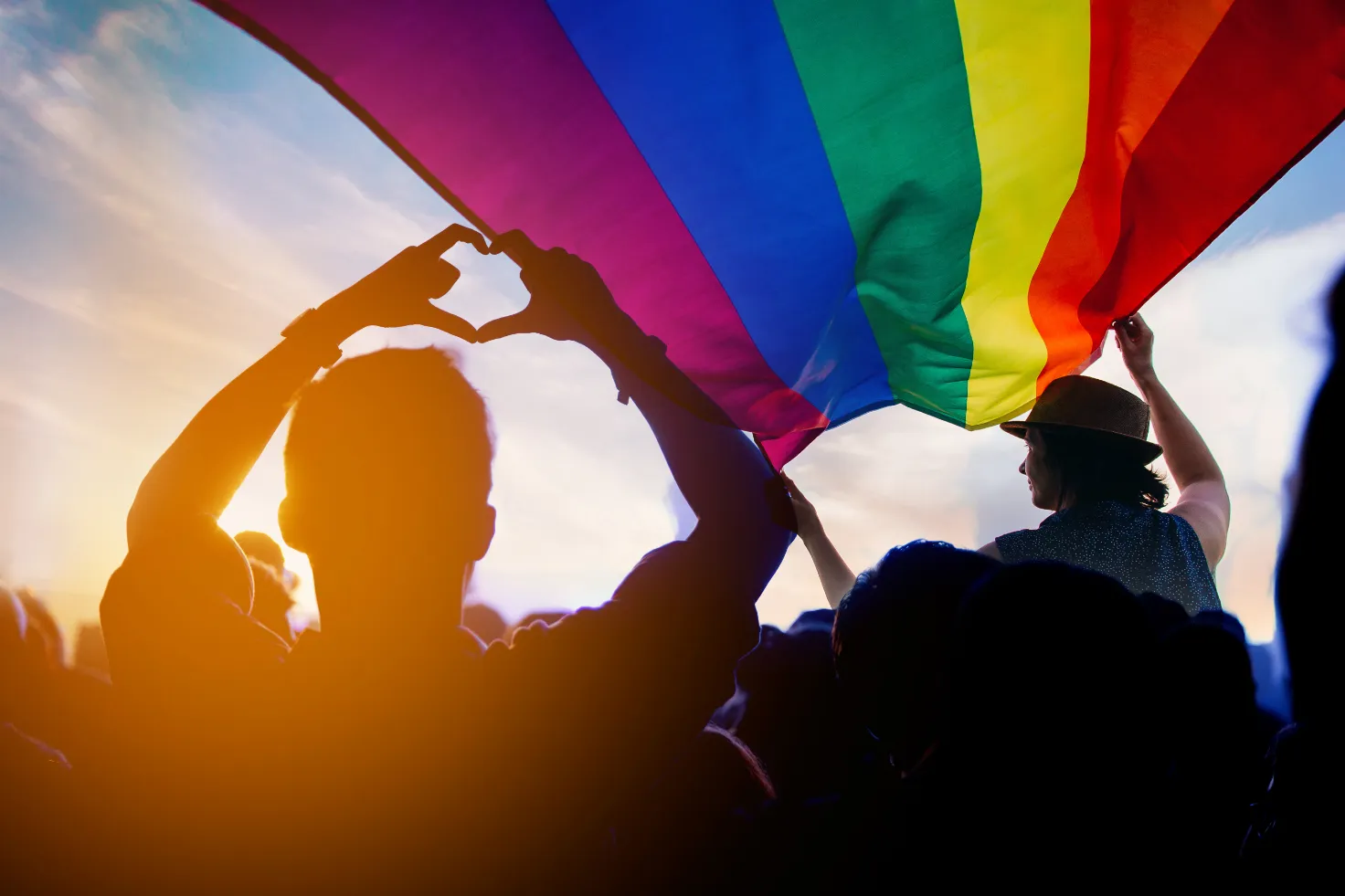What we do
How we work
Success stories
Who we are
Insights & news
Careers
Contact us
insights & news > Insights

This has been an emotional journey for me, but it has also been a journey of learning. Five years ago, if you had asked me to explain what a transgender person is, I would have struggled to give you a clear answer. Today, it’s a fundamental part of my reality and my family’s story.
I’m writing this because I believe that much of the fear and hatred directed towards transgender people comes from a simple lack of understanding. I’m sharing my family’s story in the hope that it can replace fear with knowledge, and judgment with empathy. This is the story of my son.
Before I go any further, I want to clarify a few things for those who, like me, may not have been familiar with this world. Understanding the language is the first step to understanding the people.
One of the biggest hurdles to acceptance is misinformation. A common, hurtful misconception is that "trans women are just men in dresses." This is fundamentally wrong and confuses gender identity with performance. Trans women are not to be confused with transvestites or drag queens. They are women. For many who have fully transitioned, they are visually and socially indistinguishable from cisgender women.
This is why the heated debate over restroom access is so often misguided. A trans woman is far more likely to be in danger in a men's restroom than a cisgender woman is by having a trans woman beside her in a women's restroom. People also tend to forget about trans men. Because of the effects of testosterone therapy, many trans men blend seamlessly into male spaces. Forcing them into women's restrooms due to prejudice is both illogical and cruel.
It’s critical to understand that being transgender is not a choice or a phase. For most, it is linked to the profound distress of gender dysphoria. This isn't just about wanting to wear different clothes; it's a deep, internal conflict that can cause debilitating anxiety.
Increasingly, science shows a durable biological basis for gender identity (for those interested, the specific studies are linked at the bottom of this post). In simple terms:
The evidence points to a clear conclusion: a person’s gender identity is a deep-seated part of their biology that begins developing long before they are born.
I want to be clear that my son and our family have been lucky. We live in a supportive country, and he has received love and acceptance. Many trans teenagers who lack this support face unimaginable mental health struggles and a tragically high risk of suicide. Adolescence is already a vulnerable time; navigating a gender transition makes that exponentially harder.
For my son, who is 19 now, the signs started very early. Assigned female at birth, we dressed him in dresses and gave him dolls. But as soon as he could speak, he resisted. He refused to wear anything but traditionally "boy-coded" clothes. Sceptics might say this was due to his environment, but let me assure you it wasn’t. His mother is from an Aramaic family from southeastern Turkey with quite traditional values; she truly tried to raise a little princess. He adamantly refused.
His childhood was filled with cars, football, basketball, skateboarding, and martial arts. While I know girls do these things too, for him it was a clear pattern of identifying with his friends who were boys. He was a happy kid, and everyone just thought he was a "cute tomboy."
The problems started around age 13. As his female friends started wearing makeup and more feminine clothes, the social pressure mounted. He tried to fit in, forcing himself into a feminine presentation that felt completely alien. He started feeling worse and worse.
He began having severe anxiety attacks before school. I remember him sitting doubled over in the car, crying and hyperventilating, completely unable to explain why he was suffering. He would refuse to go to school, or he’d go and spend the day locked in a bathroom stall, crying. As a parent, it was torture to see him in so much pain and feel so helpless.
Eventually, he made the connection himself. The source of his panic was the simple act of getting dressed in the morning and seeing his reflection in the mirror. He came to us one day and said he thought he might have gender dysphoria and wanted to be evaluated.
In Sweden, where we live, there is a public health system for this, but it’s anything but a rush to judgment. His diagnostic process began in 2021. It involves years of conversations, evaluations, and being asked the same questions repeatedly to ensure absolute certainty. His final diagnosis wasn’t official until 2025.
But for his mental well-being, the real turning point came much earlier. Simply admitting the truth to himself and starting on his own mental journey toward self-acceptance was almost enough. In 2022, just after he turned 16, he came to us and said, "I know who I am. I'm a man." He wanted to change his name before starting a new high school, to begin this new chapter as himself.
After he came out to his friends and legally changed his name, the anxiety attacks stopped. Almost overnight. He was finally at peace. As a parent, seeing your child happy after watching them suffer for so long is a feeling I cannot describe. It brings tears to my eyes even now. He has always been a bright star, but at that moment, he started shining even brighter.
The importance of the right environment cannot be overstated. Looking at our family’s heritage—with my wife’s traditional Turkish background and my own father’s Uruguayan prejudices—the odds could have been stacked against him. But after some initial hesitation and comments like "it's probably a phase," they all came around. They accepted my son for who he is. I am incredibly proud of them, and I attribute that to the culture of acceptance that is so deeply ingrained here in Sweden.
That acceptance extends to institutions. The formal diagnosis process, though slow, was handled by caring and professional people. But the most amazing support came from his new high school. We contacted the principal just weeks before the school year started. He immediately called a meeting with us, a teacher, and a counselor and reassured us it was no issue. The school was LGBTQ-certified, the staff was trained, and they had practical solutions in place. There were not just boys' and girls' changing rooms, but a third, private one. They gave my son a key.
In the end, he never even had to use the key. He was so immediately accepted by the other boys that he felt comfortable enough to be with them in the main changing room, using a bathroom stall for privacy when he changed. The simple fact that the school had provided that key—that they had created a safety net for him without a second thought—gave him the confidence to not even need it. That is what true institutional support looks like. It is oh, so important.

All transgender people want is to be allowed to be themselves. I have learned about the terminology, the science, and the daily hatred they face. And for what? For being who they are.
I encourage everyone reading this to make an effort to understand. Get to know a trans person. Listen to their reality. I truly believe that if you do, the fear and hatred you might feel will be replaced by acceptance. They are not the scary caricature some try to paint. They are simply people, born with a body that does not match their true self, who need acceptance to finally feel whole.
Sources
tags
Share this article
Let's collaborate to define what is next for your OTT streaming service.
Contact us